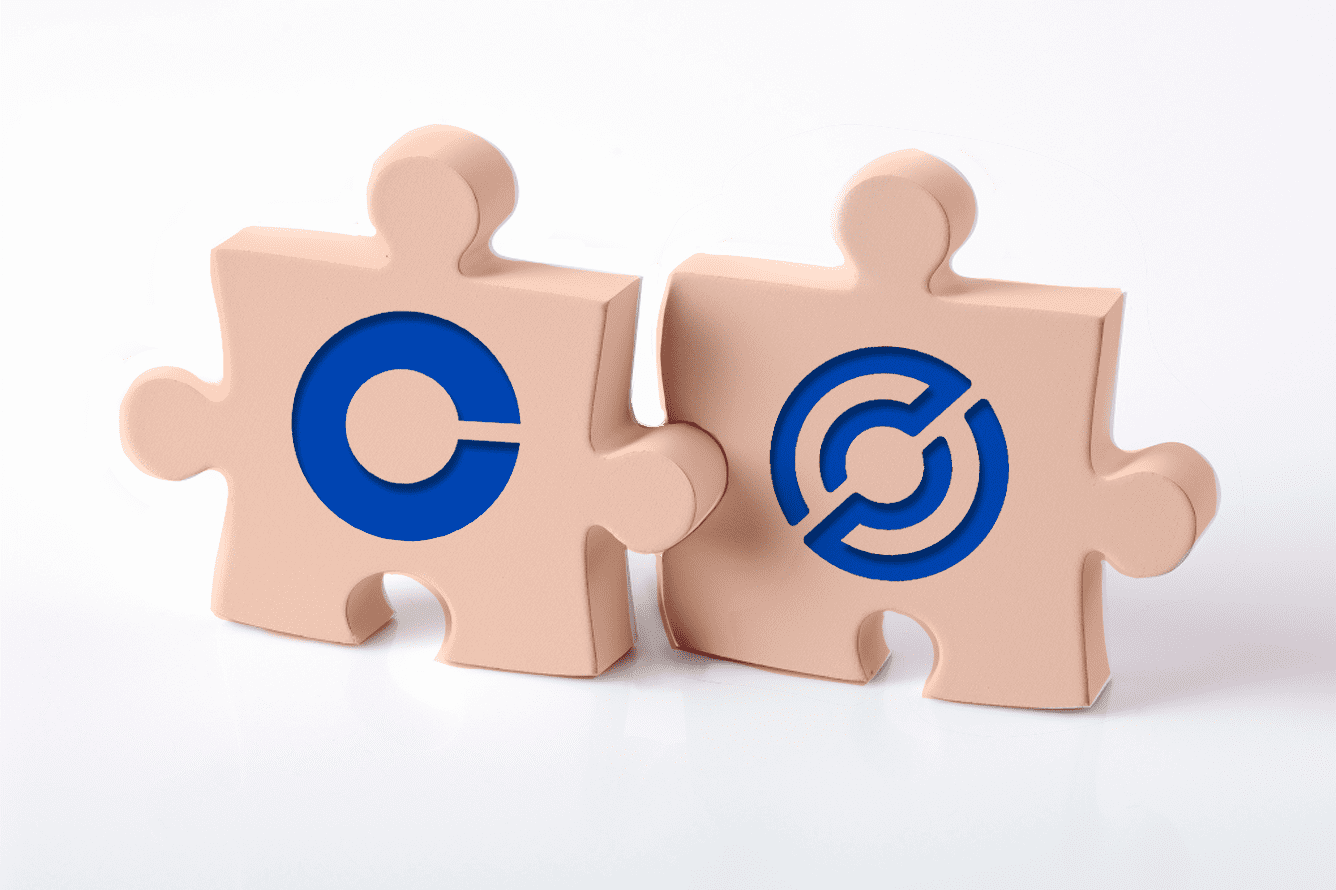
Coinbase and Circle jointly launched USD Coin in 2018. Over the last five years, USDC has been managed by a consortium called Centre. The consortium was established as an open infrastructure provider for issuing and transacting stablecoins that any company could join. However, from launch until its dissolution, it only had Coinbase and Circle as members.
Now the two companies have decided to get rid of that structure and bring all its functions in-house – more specifically in Circle's house. Circle CEO Jeremy Allaire and Coinbase CEO Brian Armstrong announced the move in a blog post on August 21, explaining the need for a “growing regulatory clarity,” for stablecoin issuers.
With the new structure, all governance, operational, and compliance responsibilities for issuing the USDC stablecoin will be with Circle. The issuer will also be responsible for holding all the smart contract keys. According to the statement, Circle expects that such a setup will streamline the processes.
As Coinbase took an equity stake in Circle (no value was mentioned, but Allaire described it as a “small, minority equity stake”), the companies reached a new agreement over USDC revenues. Jeremy Allaire said the new arrangement “tune[s] up the economics in a way that felt really fair" for both companies.
According to the statement, both companies will continue to generate revenue from USDC reserves interest income, which will continue to be shared based on the amount of USDC held on each of the platforms. Additionally, the companies will equally share the interest income generated from the broader distribution and usage of USDC, which could imply that Coinbase's share is not insignificant.
According to Fortune, this income source brought Coinbase $201.4 million in the second quarter of 2023, (significantly more than the $32.5 million in the second quarter of 2022).
The companies believe that stablecoins will be a key component of a newly updated financial system and “are going to drive hard to continue to make USDC the most widely used digital dollar in the world,” Jeremy Allaire tweeted.
To reinforce that, Circle also announced that USDC will be launching on six new (unspecified) blockchains between September and October this year. If that is accomplished, USDC will be available on 15 different networks.
Its main rival, Tether, which was supported on a similar number of blockchains, discontinued support for USDT on three blockchains, including Omni, Bitcoin Cash and Kusama. However, the USDC market cap is currently around $26 billion, while Tether is close to $83 billion.

